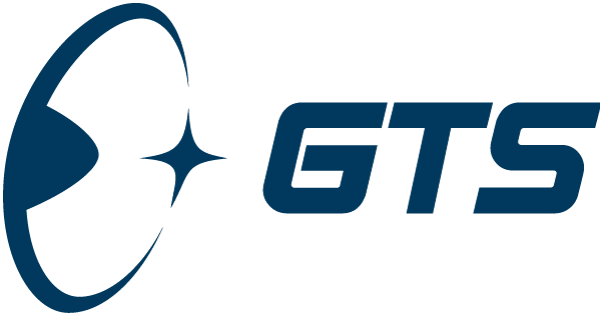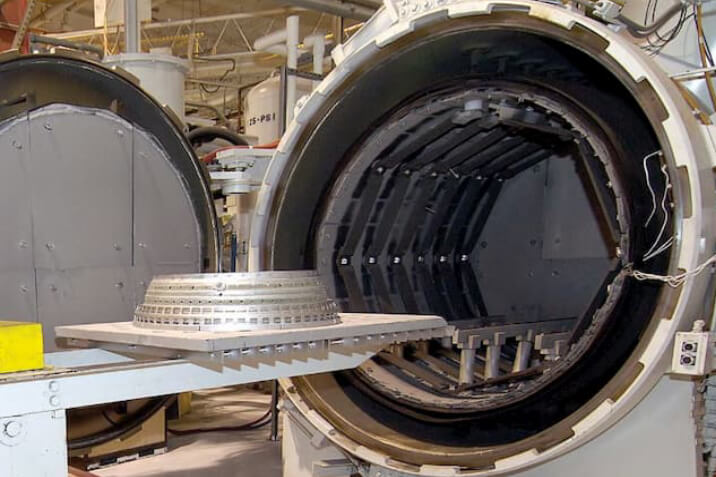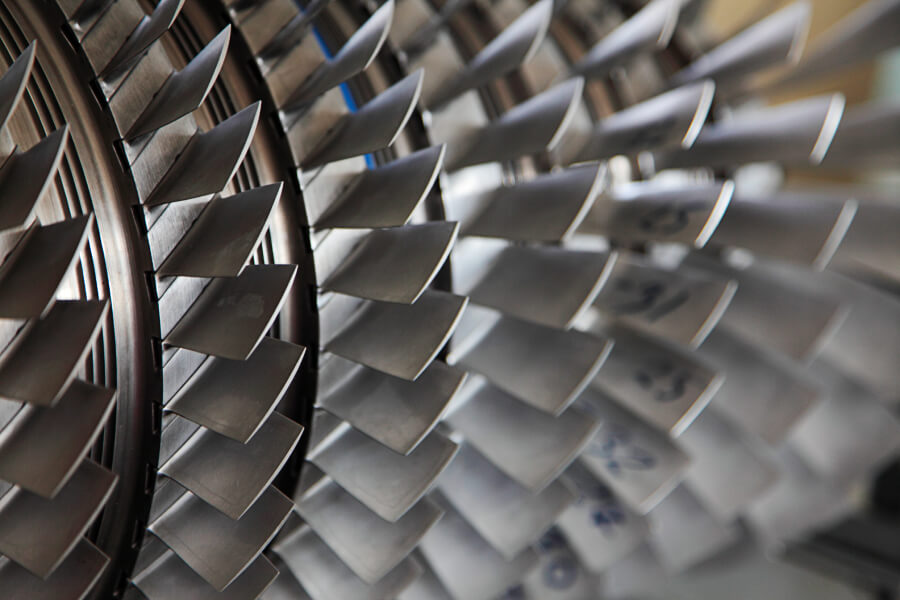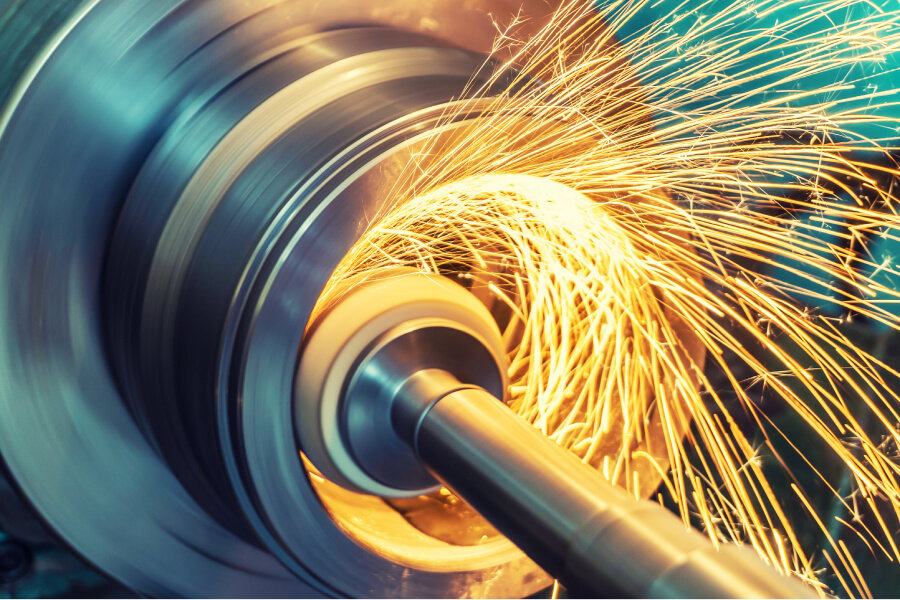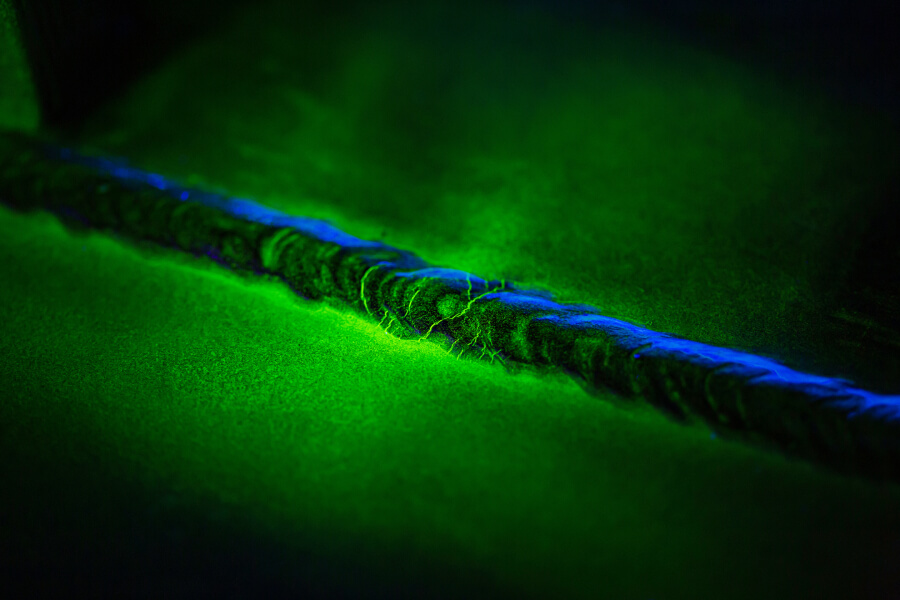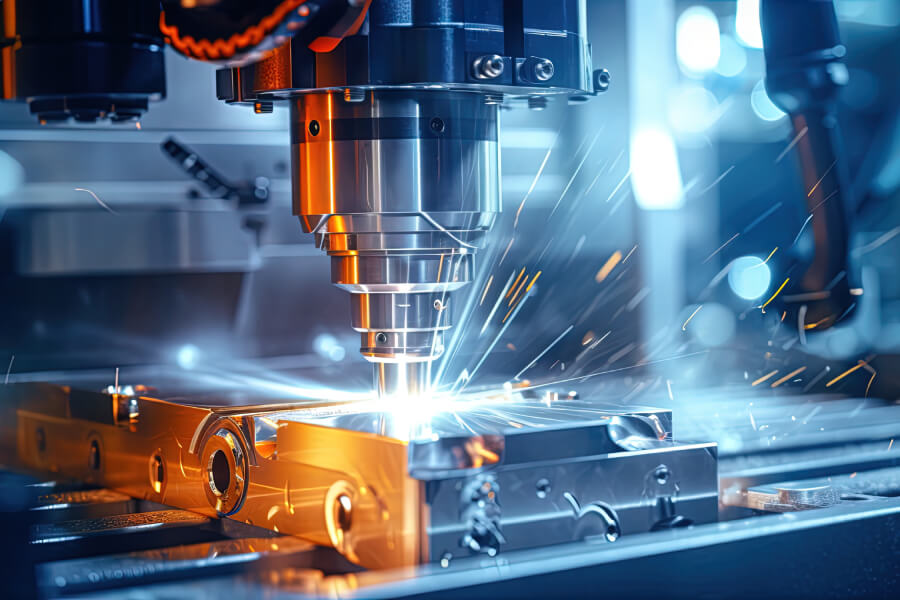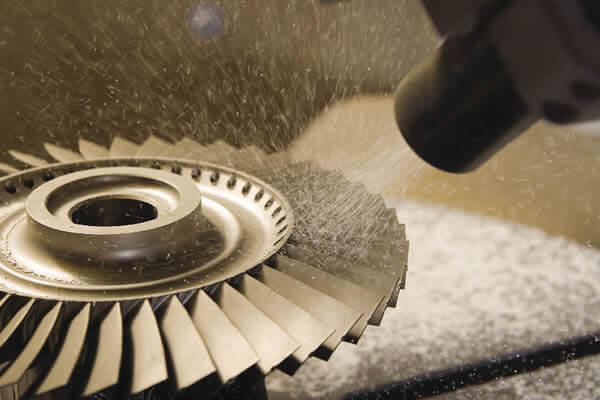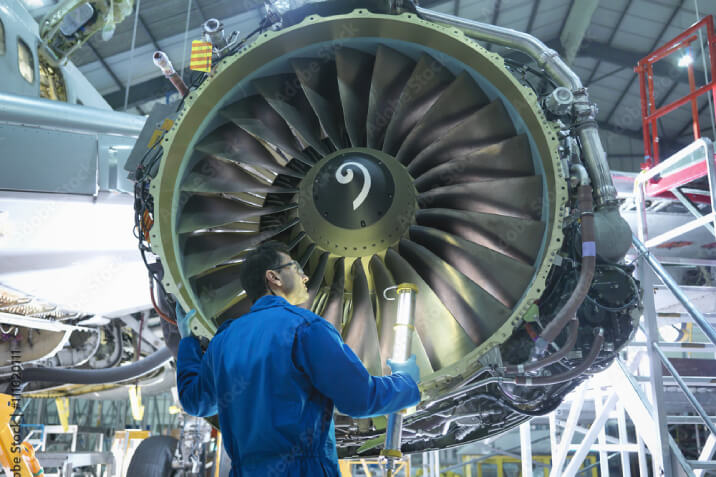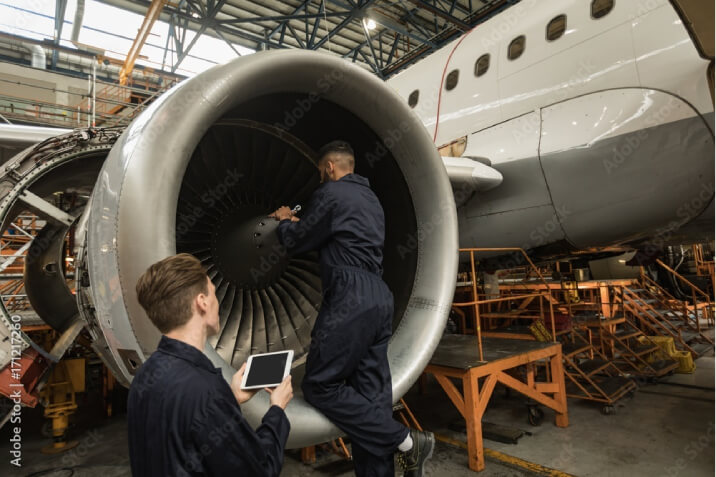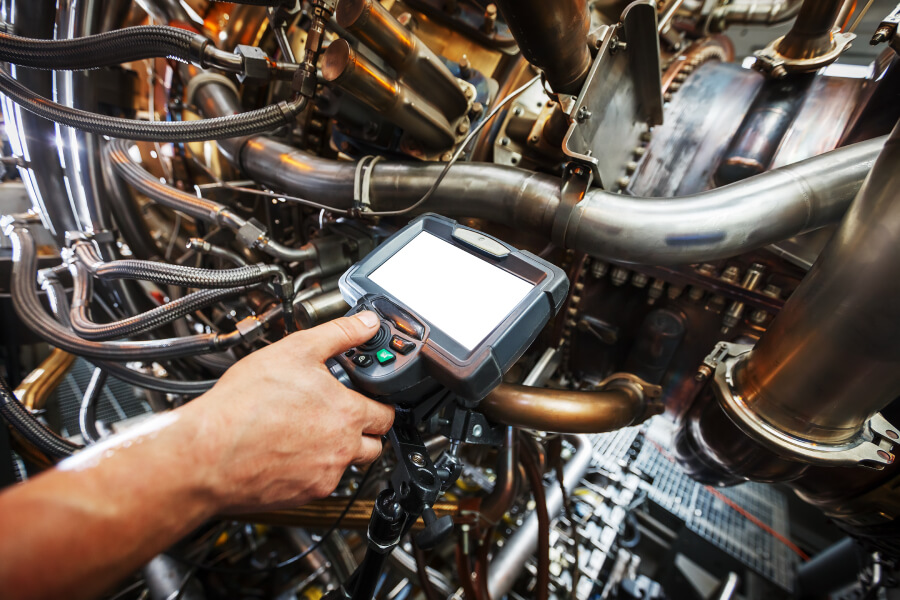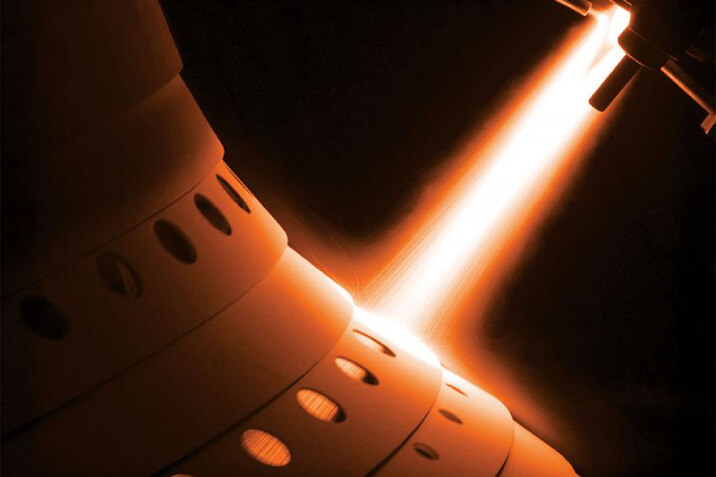Engine component repair and overhaul refer to the processes involved in restoring and maintaining individual components of an aircraft engine to ensure they meet specified performance and safety standards. These processes are crucial for extending the lifespan of aircraft engines, optimizing their efficiency, and complying with aviation regulations. Here are key aspects related to engine component repair and overhaul:
- Component Disassembly:The first step in the overhaul process involves carefully disassembling the engine components. This allows technicians to inspect each part for wear, damage, or other issues that may affect performance.
- Inspection and Evaluation:Thorough inspections are conducted on each component to assess its condition. This may include visual inspections, non-destructive testing (NDT) methods, and measurements to determine whether the component meets specified tolerances and standards.
- Cleaning and Decontamination:Components are cleaned to remove contaminants, residues, and foreign particles that may have accumulated during engine operation. This is a critical step to ensure the integrity of the components during the overhaul process.
- Repair or Replacement:If any components are found to be damaged or worn beyond acceptable limits, they may be repaired or replaced. Repairs may involve welding, machining, or other processes to restore the component to its original specifications.
- Refurbishment:In addition to repairs, components may undergo refurbishment processes to improve their performance and reliability. This may include coating applications, heat treatments, or other surface treatments to enhance durability.
- Quality Control:Rigorous quality control measures are implemented throughout the repair and overhaul process. This ensures that the components meet industry standards, manufacturer specifications, and regulatory requirements.
- Documentation:Detailed records are maintained throughout the repair and overhaul process, documenting each step and the condition of each component. This documentation is important for traceability, regulatory compliance, and future reference.
- Testing:After the repair and overhaul procedures are completed, components undergo testing to verify their performance. This may involve functional testing, dynamic balancing, and other assessments to ensure the components function as intended.
- Assembly:Once components pass quality control and testing, they are reassembled into the engine. This assembly process follows strict guidelines and includes torquing bolts, ensuring proper fits, and confirming the overall integrity of the assembled engine.
- Certification:After completing the repair and overhaul, the engine or its components may be certified by aviation authorities to ensure they meet airworthiness standards. This certification is essential for returning the engine to service.
Engine component repair and overhaul are typically conducted by specialized maintenance, repair, and overhaul (MRO) facilities or by the original equipment manufacturer (OEM) to ensure the highest quality and compliance with industry standards. These processes are essential for maintaining the safety and reliability of aircraft engines throughout their operational life.
